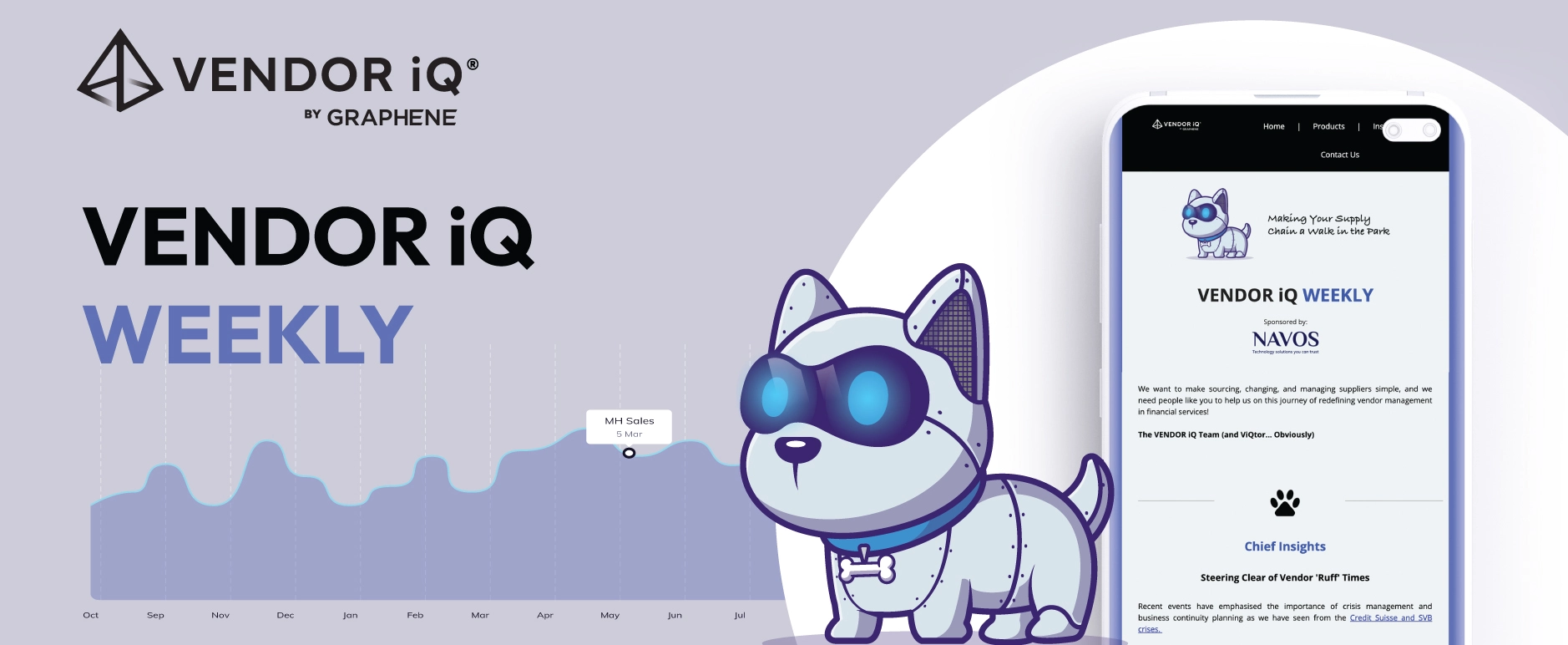Beyond Compliance: Nurturing a Culture of Continuous Improvement in Operational Resilience
In the dynamic landscape of financial services, operational resilience has transcended mere regulatory compliance to emerge as a strategic imperative for sustained success. As the UK’s financial institutions approach the March 2025 deadline, they are not just checking boxes; they are shaping a narrative of resilience, innovation, and adaptability.
The Evolution of Operational Resilience: From Compliance to Continuous Improvement
Operational resilience, once confined to the realms of compliance, has now become a global regulatory priority. In the UK, where financial institutions lead the charge, the transformative journey set in motion by comprehensive policies and supervisory statements in March 2021 is now in full swing. The steps prescribed, mirroring international practices, underscore the importance of prioritising services, identifying vulnerabilities, and pursuing continuous improvement in resilience outcomes.
Having successfully met the initial regulatory deadline of March 31, 2022, financial services firms are now confronted with the formidable challenge of seamlessly integrating operational resilience into their daily business operations. This article delves into essential considerations and suggests practical approaches to help firms enhance their operational resilience effectively.
The Right Structure Creates a Solid Foundation
Building a resilient operational framework commences with thoughtful consideration of the organisational structure. Firms are urged to align with existing frameworks, especially business continuity management (BCM), ensuring a cohesive approach. The engagement of business service owners, those responsible for vital services, emerges as a pivotal factor in the success of this foundational step.
Governance and Metrics Play a Crucial Role
Effective resilience hinges on robust governance accompanied by relevant metrics. These metrics, covering program milestones, vulnerability tracking, and resolution, offer a comprehensive view, enabling timely decision-making and resource allocation. A well-defined governance chain, coupled with reliable information, establishes the groundwork for a resilient operational approach.
Integration: The Key to Efficient Resilience
Efficiency in resilience lies in the seamless integration of existing frameworks. Drawing from elements in business continuity, non-financial risk, third-party risk management, new business and IT change, cybersecurity, and recovery and resolution planning streamlines processes. Recognising the interconnectivity of these areas ensures a holistic and efficient approach to operational resilience.
A Call to Action for Firms
The March 2025 deadline is not merely a regulatory milestone; it is a call to action for financial services firms. Embracing operational resilience as an ongoing journey, firms must continually refine their structures, metrics, and governance. Meeting regulatory obligations is just the beginning; fostering a culture of continuous improvement in operational resilience is the ultimate goal.
In conclusion, operational resilience is not a destination; it’s a dynamic and ongoing process. Firms that embrace this process and invest in the right tools and strategies, including VENDOR iQ through its sophisticated surveillance tools, will not only weather the storms of today but will emerge stronger, more agile, and better prepared for whatever challenges the future may bring. The March 2025 deadline is not the end; it’s a new beginning for operational excellence and a future where resilience is a competitive advantage.





